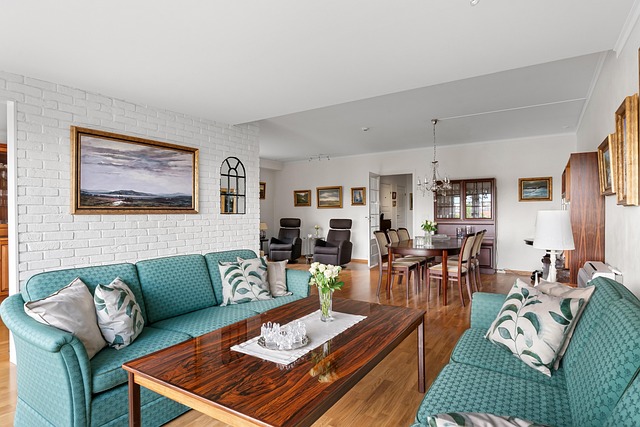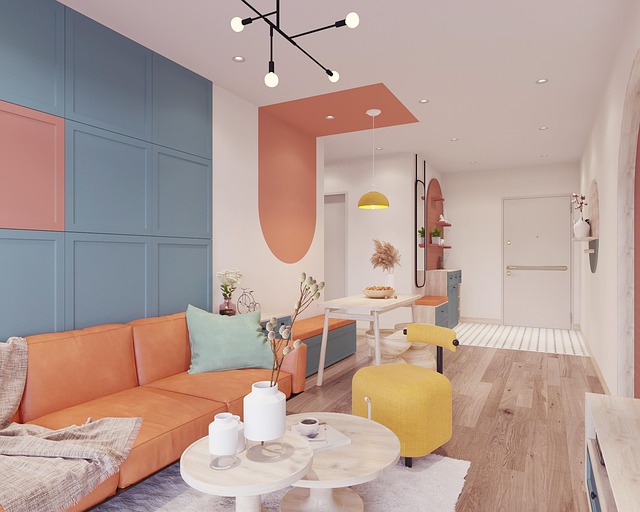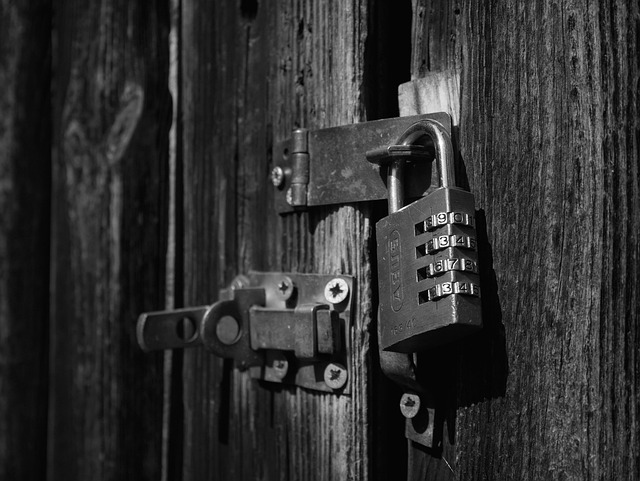Seniors require user-friendly home security systems like video doorbells that offer enhanced visibility and communication, especially for those living alone. Integrating medical alert systems ensures swift responses during health emergencies, providing peace of mind. Video doorbells with motion detection and two-way audio help seniors verify visitors remotely, reducing potential dangers. Advanced systems send alerts to caregivers and allow remote access to live feeds, ensuring timely responses. Combining medical alerts with video doorbells offers a comprehensive solution for safe aging in place, boosting independence and peace of mind while addressing privacy concerns and setup challenges.
In today’s digital era, integrating medical alert systems with home security offers a powerful solution for senior safety. As our population ages, understanding their unique needs becomes paramount. This article explores how video doorbells, as an essential component of home security, can enhance senior well-being. We delve into the benefits of combining these technologies, focusing on improved emergency response and peace of mind. Additionally, we discuss challenges and provide insights to navigate this innovative approach to care.
- Understanding the Needs of Seniors and Home Security
- The Role of Video Doorbells in Senior Safety
- Integrating Medical Alerts with Home Security Systems
- Benefits and Challenges of Combining Medical Alert Integration with Home Security for Seniors
Understanding the Needs of Seniors and Home Security

Seniors have unique needs when it comes to home security, often requiring systems that are both reliable and user-friendly. As people age, their senses can decline, making them more reliant on technology for peace of mind. Video doorbells for seniors offer a modern solution, providing enhanced visibility and communication at the front door. These devices allow individuals to see visitors clearly, even from a distance, and speak with them via two-way audio—features that can be particularly beneficial for those living alone.
Additionally, integrating medical alert systems with home security can prove life-saving for seniors. With a simple press of a button, they can connect to emergency services directly from their doorstep or even within their homes. This integration ensures a swift response during unexpected health emergencies, offering them and their loved ones invaluable peace of mind.
The Role of Video Doorbells in Senior Safety

Video doorbells have emerged as a valuable tool in enhancing senior safety and home security. For elderly individuals living alone, these devices offer peace of mind by allowing them to see and communicate with visitors from the comfort of their own home. With advanced features like motion detection and two-way audio, video doorbells enable seniors to verify who is at their doorstep before opening it, reducing the risk of potential dangers or intruders.
Moreover, many modern video doorbells are integrated with smart home security systems, providing a comprehensive monitoring solution. They can send alerts to caregivers or family members if unusual activity is detected, ensuring timely response in case of emergencies. This integration goes beyond basic notification; it allows remote access to live feeds, giving an extra layer of protection and the ability to verify situations without physically being present.
Integrating Medical Alerts with Home Security Systems

Integrating medical alerts with home security systems, such as advanced video doorbells for seniors, offers a comprehensive solution for aging-in-place safety. These smart devices go beyond basic security by providing real-time monitoring and instant alerts in case of emergencies. For instance, a video doorbell equipped with motion sensors can detect unusual activity, triggering an alert that notifies both the senior and their emergency contacts, allowing for swift response.
Moreover, integration allows for seamless connectivity between medical alert systems and home security. When a senior falls or experiences a medical incident, the integrated system can automatically call emergency services while also alerting family members or caregivers, ensuring timely assistance. This holistic approach to safety leverages technology to provide peace of mind, empowering seniors to live independently while maintaining a robust safety net.
Benefits and Challenges of Combining Medical Alert Integration with Home Security for Seniors

Combining medical alert integration with home security offers a robust solution for seniors’ safety, enhancing their independence and peace of mind. The benefits are multifaceted; a video doorbell for seniors becomes more than just a security feature—it’s a lifeline. This technology allows them to screen visitors from the comfort of their own homes, deterring potential intruders while enabling easy communication with guests or delivery personnel. Additionally, these systems can integrate medical alert functions, ensuring swift assistance in case of emergencies. Seniors can quickly connect with emergency services directly through their doorbells, especially useful for those living alone and requiring immediate medical attention.
However, challenges exist when integrating medical alert features with home security. Privacy concerns are paramount; seniors must feel confident that their personal information is secure and only shared with authorized personnel. Compatibility issues between different security systems and medical alert devices can also lead to technical hurdles, necessitating seamless integration for a smooth user experience. Furthermore, the initial setup cost and complexity might deter some seniors or require professional installation, adding another layer of consideration. Nonetheless, with careful planning and tailored solutions, combining these technologies can significantly enhance senior citizens’ safety and well-being in their homes.
Combining medical alert integration with home security systems offers a comprehensive solution for ensuring the safety and well-being of seniors. By leveraging technology such as video doorbells, these integrated systems can provide peace of mind by offering real-time monitoring, quick response times in emergencies, and enhanced communication. While there are challenges to implement this combination, the benefits—from improved senior safety to enhanced autonomy—outweigh them significantly. As we navigate an aging population, adopting these innovations is crucial for fostering a safer and more supportive environment for seniors within their homes.
